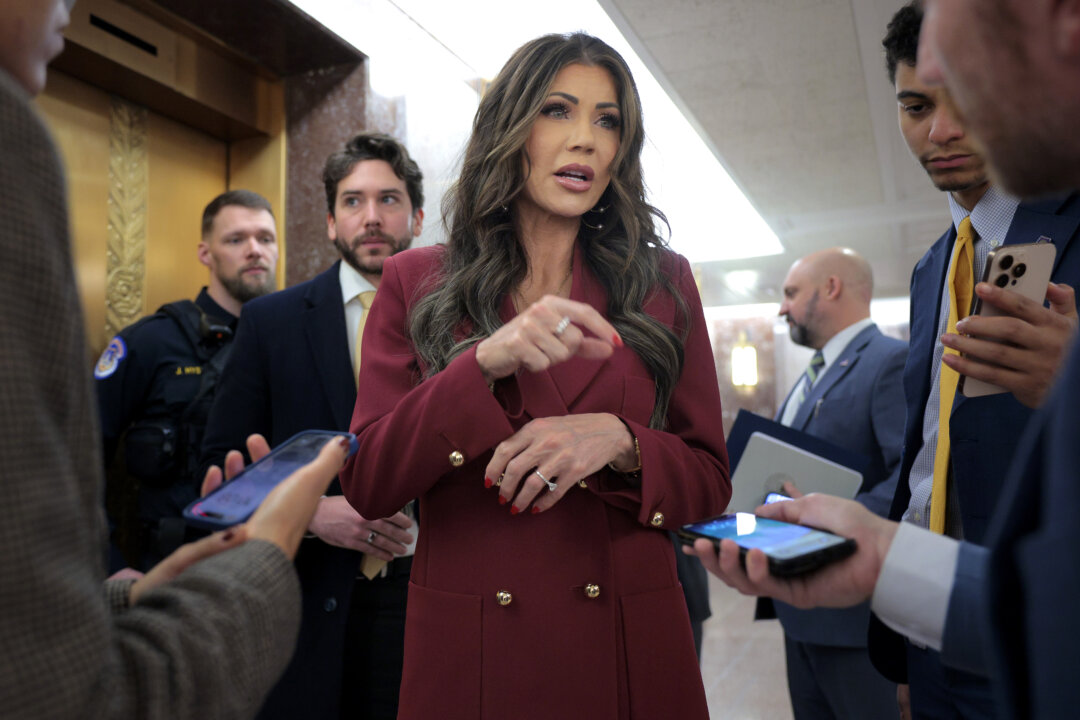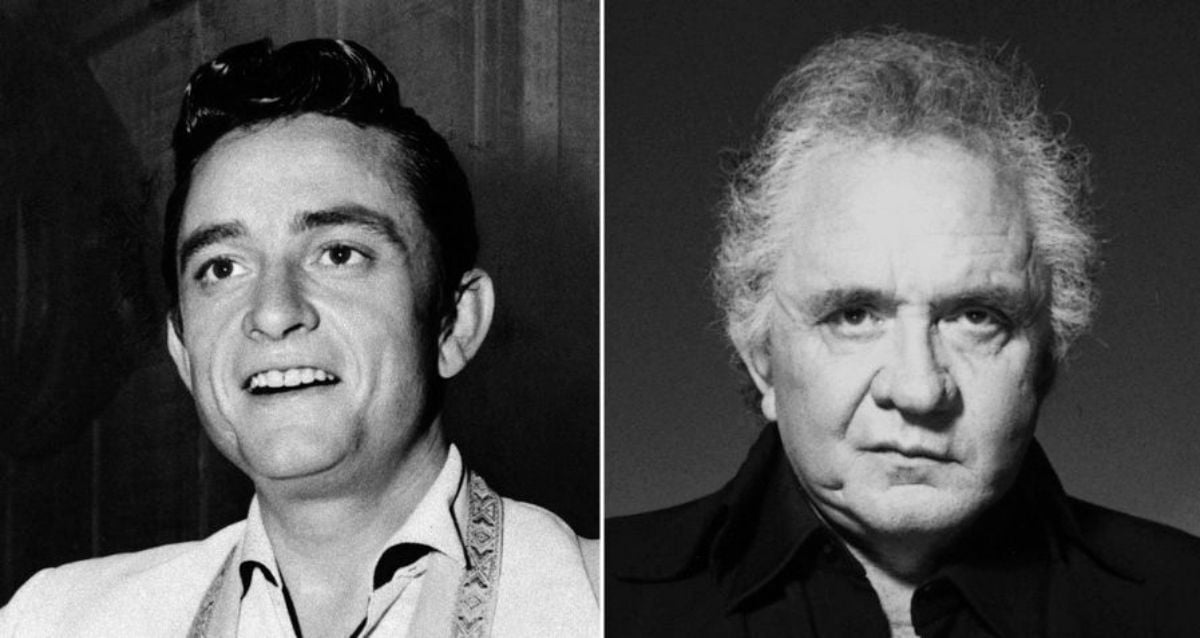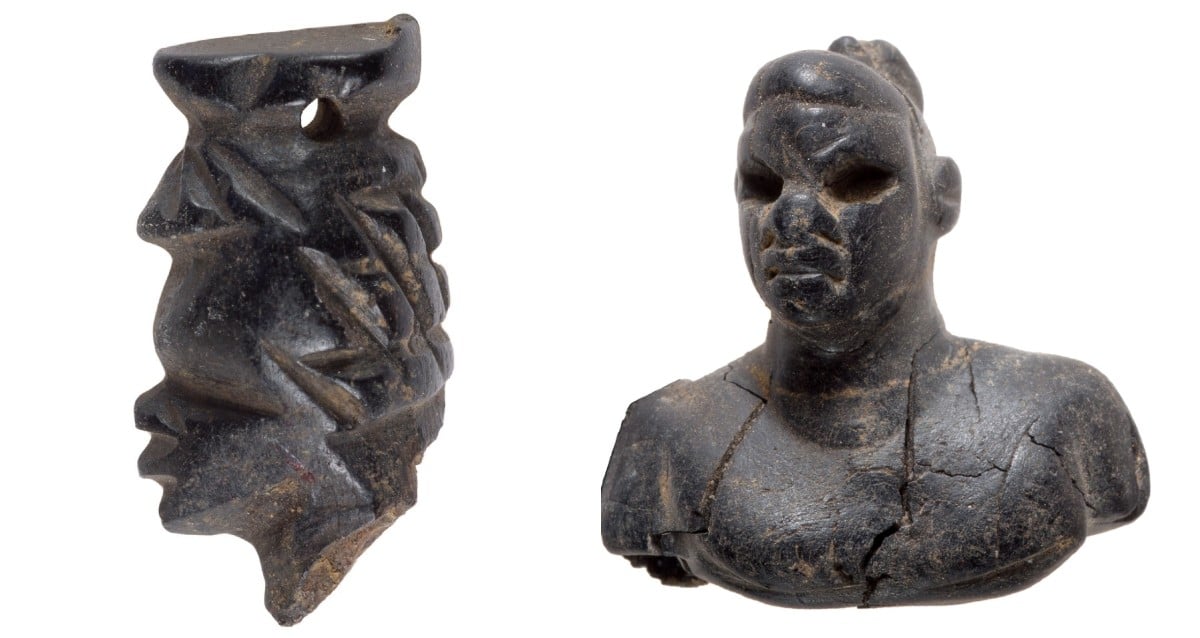0 Reacties
0 aandelen
415 Views

Bedrijvengids
Elevate your Sngine platform to new levels with plugins from YubNub Digital Media!
-
Please log in to like, share and comment!
-
 YUBNUB.NEWSAuthorities Find Body of College Student Missing in Southern California MountainsA dive team recovered the 22-year-olds body from the shoreline Monday morning.Authorities have found the body of a 22-year-old Santa Barbara County man who went missing in the early morning hours of0 Reacties 0 aandelen 415 Views
YUBNUB.NEWSAuthorities Find Body of College Student Missing in Southern California MountainsA dive team recovered the 22-year-olds body from the shoreline Monday morning.Authorities have found the body of a 22-year-old Santa Barbara County man who went missing in the early morning hours of0 Reacties 0 aandelen 415 Views -
 YUBNUB.NEWSTrump Administration Reaches Major Settlement with Ashli Babbitt's Family: ReportYet another chapter of the Jan. 6, 2021, Capitol incursion saga appears to have been closed and this one is coming with a hefty price tag. The administration of President Donald Trump has reached0 Reacties 0 aandelen 410 Views
YUBNUB.NEWSTrump Administration Reaches Major Settlement with Ashli Babbitt's Family: ReportYet another chapter of the Jan. 6, 2021, Capitol incursion saga appears to have been closed and this one is coming with a hefty price tag. The administration of President Donald Trump has reached0 Reacties 0 aandelen 410 Views -
 YUBNUB.NEWSDHS Announces First Completed Self-Deportation FlightThe flight traveled from Houston, Texas, to Honduras and Colombia, according to the agency.The Department of Homeland Security (DHS) said on May 19 that the first flight of illegal immigrants opting to0 Reacties 0 aandelen 413 Views
YUBNUB.NEWSDHS Announces First Completed Self-Deportation FlightThe flight traveled from Houston, Texas, to Honduras and Colombia, according to the agency.The Department of Homeland Security (DHS) said on May 19 that the first flight of illegal immigrants opting to0 Reacties 0 aandelen 413 Views -
 YUBNUB.NEWSHow Big of a Disaster Is AI Going to Be for Education?I wrote about this topic last week based on a couple articles I'd read about how the use of AI by high school and college students has changed things. Students no longer have to work hard or even at all0 Reacties 0 aandelen 409 Views
YUBNUB.NEWSHow Big of a Disaster Is AI Going to Be for Education?I wrote about this topic last week based on a couple articles I'd read about how the use of AI by high school and college students has changed things. Students no longer have to work hard or even at all0 Reacties 0 aandelen 409 Views -
 ALLTHATSINTERESTING.COMThe Tragic Story Of Johnny Cashs Death, From The Loss Of His Wife To His Last Live PerformanceMusic legend Johnny Cash died at age 71 on September 12, 2003, ending an award-winning career that spanned 50 years and produced hits like "Ring of Fire" and "I Walk the Line."The post The Tragic Story Of Johnny Cashs Death, From The Loss Of His Wife To His Last Live Performance appeared first on All That's Interesting.0 Reacties 0 aandelen 432 Views
ALLTHATSINTERESTING.COMThe Tragic Story Of Johnny Cashs Death, From The Loss Of His Wife To His Last Live PerformanceMusic legend Johnny Cash died at age 71 on September 12, 2003, ending an award-winning career that spanned 50 years and produced hits like "Ring of Fire" and "I Walk the Line."The post The Tragic Story Of Johnny Cashs Death, From The Loss Of His Wife To His Last Live Performance appeared first on All That's Interesting.0 Reacties 0 aandelen 432 Views -
 ALLTHATSINTERESTING.COMArchaeologists Find Very Rare African Figurines In A 1,500-Year-Old Burial In Israels Negev DesertMade from valuable ebony and carved with "African facial features," the figurines found in graves in Israel seem to have been worn as pendants around the sixth or seventh century C.E.The post Archaeologists Find Very Rare African Figurines In A 1,500-Year-Old Burial In Israels Negev Desert appeared first on All That's Interesting.0 Reacties 0 aandelen 439 Views
ALLTHATSINTERESTING.COMArchaeologists Find Very Rare African Figurines In A 1,500-Year-Old Burial In Israels Negev DesertMade from valuable ebony and carved with "African facial features," the figurines found in graves in Israel seem to have been worn as pendants around the sixth or seventh century C.E.The post Archaeologists Find Very Rare African Figurines In A 1,500-Year-Old Burial In Israels Negev Desert appeared first on All That's Interesting.0 Reacties 0 aandelen 439 Views -
 WWW.DUALSHOCKERS.COMAside From Intergalactic, Naughty Dog Boss Confirms There's Another Project In DevelopmentWhile Naughty Dog has already announced they're working on Intergalactic: The Heretic Prophet, the studio has more than just cooking in the oven.0 Reacties 0 aandelen 435 Views
WWW.DUALSHOCKERS.COMAside From Intergalactic, Naughty Dog Boss Confirms There's Another Project In DevelopmentWhile Naughty Dog has already announced they're working on Intergalactic: The Heretic Prophet, the studio has more than just cooking in the oven.0 Reacties 0 aandelen 435 Views -
 WWW.DUALSHOCKERS.COMFinal Fantasy's Worst Minigame Is Coming To Magic: The GatheringPossibly the worst minigame in the history of the Final Fantasy franchise is coming to Magic: The Gathering as part of the upcoming crossover between both games. Luckily, theres a better reward for finishing it in the tabletop game.0 Reacties 0 aandelen 414 Views
WWW.DUALSHOCKERS.COMFinal Fantasy's Worst Minigame Is Coming To Magic: The GatheringPossibly the worst minigame in the history of the Final Fantasy franchise is coming to Magic: The Gathering as part of the upcoming crossover between both games. Luckily, theres a better reward for finishing it in the tabletop game.0 Reacties 0 aandelen 414 Views -
 BGR.COMGoogle killed the Chromecast, but Walmart just launched a budget replacementLast year, Chromecast digital media players became the latest product line to enter the Google Graveyard. Google dumped the brand in favor of its Google TV Streamer, but Walmart appears to be picking up the slack with a new budget streaming device called the Onn 4K Plus.As spotted by 9to5Google, the device launched this week without any promotion from Walmart. There had been numerous leaks spoiling the existence of the Onn 4K Plus as early as last year, but it's now suddenly available to buy on Walmart.com.All the details about the new Onn 4K Plus. Image source: WalmartPriced at just $29.88, it's a rather capable device, with a quad-core Cortex-A55 CPU, G310 V2 GPU, 2GB RAM, and 16GB of storage. The Onn 4K Plus can stream in 4K Ultra HD resolution, supports Dolby Vision and Dolby Atmos, and runs Google TV, giving users access to 700,000+ movies, shows, and more across 10,000+ apps, and 800+ free live TV channels.The streaming box also comes with a voice remote that features branded buttons for YouTube, Netflix, Disney+, and Paramount+, as well as a Free TV button. You can press the button at the top of the remote to activate Google Assistant for voice commands.For now, the Onn 4K Plus is only available in the US and will be region-locked everywhere else, so unless you live in the US, you can safely skip this streaming device.Why exactly Walmart has done nothing to advertise this new release remains a mystery.Don't Miss: Walmart is getting ready for AI agents that do your shopping for youThe post Google killed the Chromecast, but Walmart just launched a budget replacement appeared first on BGR.Today's Top DealsTodays deals: $99 AirPods 4, $50 TP-Link WiFi 6 router, $279 3D printer, $200 Toshiba smart TV, moreAmazon deals: 20% off gift cards from Amazon, $553 unlocked iPhone 15, $114 standing desk, moreBest Fire TV Stick deals for May 2025Todays deals: $189 Apple Watch SE, 15% off Energizer batteries, $144 queen memory foam mattress, more0 Reacties 0 aandelen 369 Views
BGR.COMGoogle killed the Chromecast, but Walmart just launched a budget replacementLast year, Chromecast digital media players became the latest product line to enter the Google Graveyard. Google dumped the brand in favor of its Google TV Streamer, but Walmart appears to be picking up the slack with a new budget streaming device called the Onn 4K Plus.As spotted by 9to5Google, the device launched this week without any promotion from Walmart. There had been numerous leaks spoiling the existence of the Onn 4K Plus as early as last year, but it's now suddenly available to buy on Walmart.com.All the details about the new Onn 4K Plus. Image source: WalmartPriced at just $29.88, it's a rather capable device, with a quad-core Cortex-A55 CPU, G310 V2 GPU, 2GB RAM, and 16GB of storage. The Onn 4K Plus can stream in 4K Ultra HD resolution, supports Dolby Vision and Dolby Atmos, and runs Google TV, giving users access to 700,000+ movies, shows, and more across 10,000+ apps, and 800+ free live TV channels.The streaming box also comes with a voice remote that features branded buttons for YouTube, Netflix, Disney+, and Paramount+, as well as a Free TV button. You can press the button at the top of the remote to activate Google Assistant for voice commands.For now, the Onn 4K Plus is only available in the US and will be region-locked everywhere else, so unless you live in the US, you can safely skip this streaming device.Why exactly Walmart has done nothing to advertise this new release remains a mystery.Don't Miss: Walmart is getting ready for AI agents that do your shopping for youThe post Google killed the Chromecast, but Walmart just launched a budget replacement appeared first on BGR.Today's Top DealsTodays deals: $99 AirPods 4, $50 TP-Link WiFi 6 router, $279 3D printer, $200 Toshiba smart TV, moreAmazon deals: 20% off gift cards from Amazon, $553 unlocked iPhone 15, $114 standing desk, moreBest Fire TV Stick deals for May 2025Todays deals: $189 Apple Watch SE, 15% off Energizer batteries, $144 queen memory foam mattress, more0 Reacties 0 aandelen 369 Views



